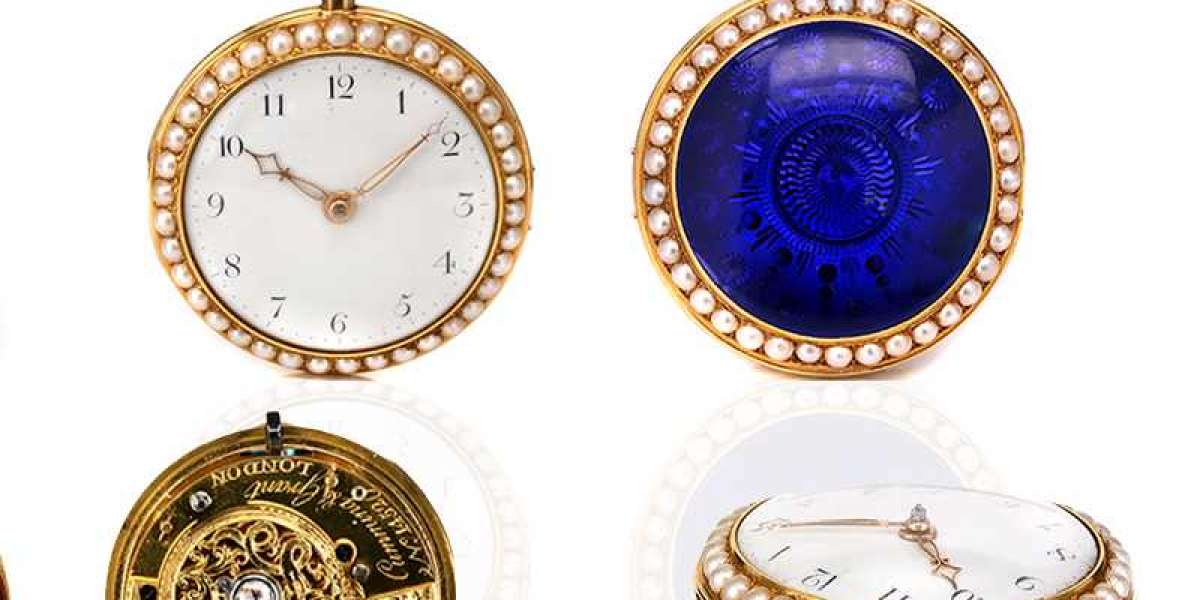In our fast-paced modern world, time is a valuable commodity. We strive to make the most of each minute, diligently planning our schedules and relying on technology to keep us on track. However, as we speed ahead, it's crucial to take a step back and appreciate the significance of time itself. This is where watching museums comes into play.
Watch museums serve as a bridge between time's past, present, and future. They are dedicated to preserving and showcasing timepieces that have transcended generations. These museums are not just exhibitions; they are sanctuaries for horological artistry. Here, visitors can delve into the fascinating world of watchmaking, exploring the evolution of timekeeping and the meticulous craftsmanship behind these intricate machines.
The origins of watch museums can be traced back to the 18th century, when private collectors began to recognize the historical and cultural value of owning timepieces from different eras. These enthusiasts carefully curated their collections, sharing their passion with like-minded individuals. Over time, these private collections grew in size and significance, ultimately evolving into modern-day watch museums.
Stepping into a watch museum is like entering a time capsule. Each display tells a unique story, encapsulating a moment in history. From the grandeur of 18th-century pocket watches to the precision of contemporary chronographs, these timepieces are a testament to human ingenuity and craftsmanship.
Technology, too, has played a vital role in the evolution of watch museums. With the advent of digitalization and virtual reality, museums have embraced new ways of engaging with their audiences. Today, visitors can explore these museums from the comfort of their homes, thanks to immersive online exhibits. Through virtual tours and interactive platforms, watch museums have transcended physical boundaries, allowing a wider audience to appreciate the beauty and significance of timekeeping devices.
However, despite the advancements in technology, traditional elements remain at the core of watch museums. The tangible experience of being in a physical space, surrounded by carefully curated exhibits, cannot be replicated digitally. Visitors can witness the mesmerizing ticking of clocks, feel the weight of antique pocket watches, and admire timepieces from iconic brands up close. It is within the walls of these museums that one truly understands the intricate craftsmanship and innovation that go into creating each timekeeping device.
Watch museums also serve as educational platforms, cultivating a new generation of watch enthusiasts and artisans. These institutions offer workshops and seminars, providing opportunities for individuals to learn about the art of watchmaking firsthand. By fostering an environment of curiosity and knowledge, watch museums contribute to the preservation and continuation of this ancient craft.
In conclusion, watch museums are not just repositories of timekeeping devices; they are guardians of tradition, creativity, and innovation. They offer a glimpse into the evolution of time measurement, blending the old and the new in perfect harmony. Whether visited physically or virtually, these museums provide a space for contemplation and appreciation of the artistic and technical achievements of watchmakers throughout history. So, take a moment to step away from the hustle of daily life and immerse yourself in the enchanting world of watch museums.








